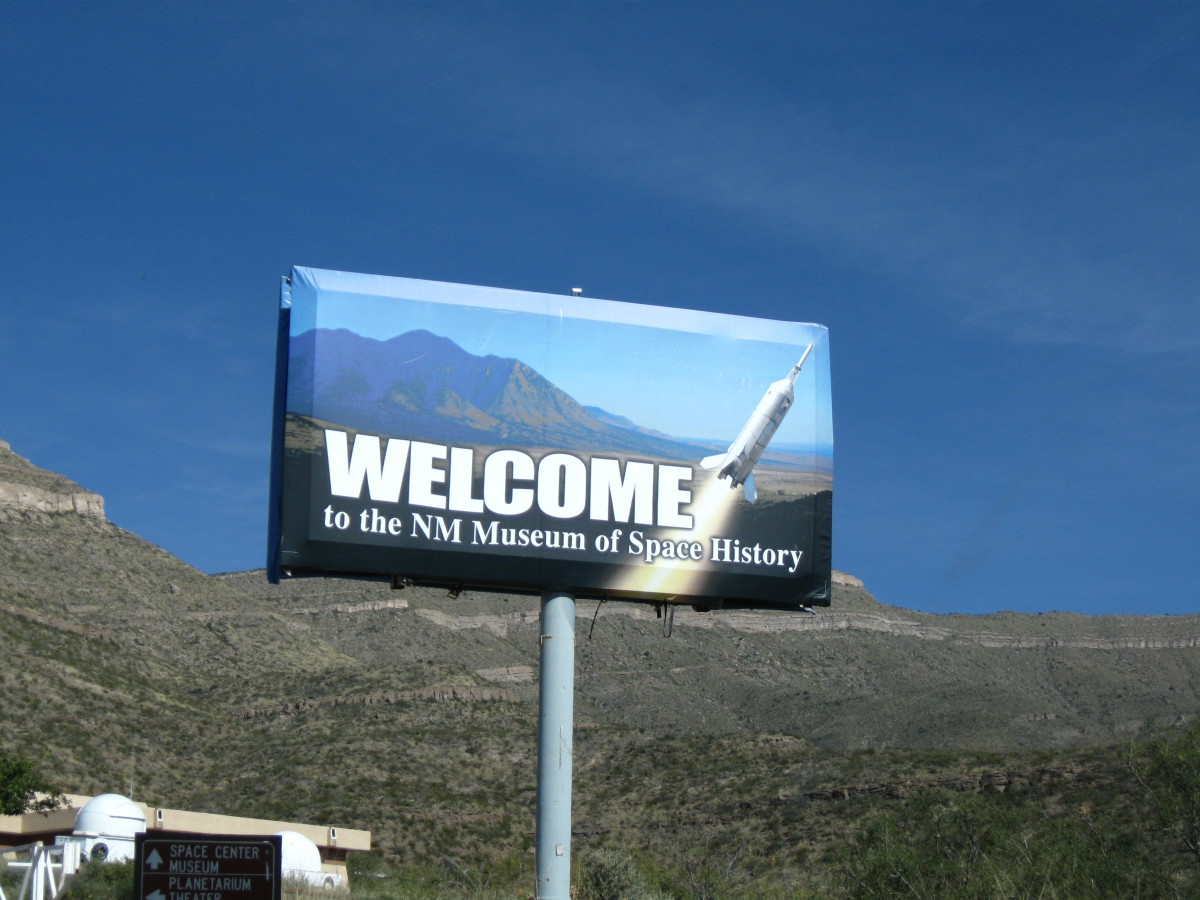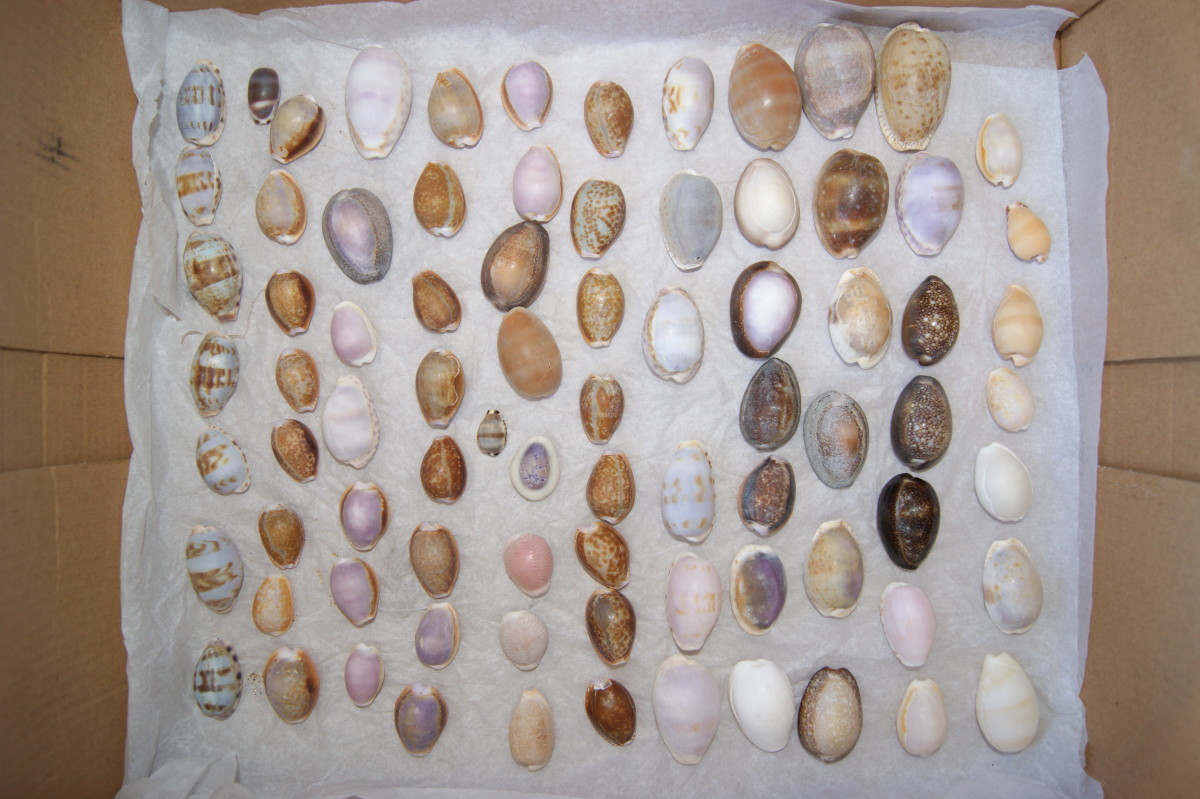Ten Interesting Things about Model Rocketry


Our fascination for flight began when we were envying the birds. Since then, humans have tried to find ways to launch themselves off the ground. One of the earliest attempts at making something fly was the primitive rocket, which has been around since the 13th century. Ever since then, scientists and flight enthusiasts have been creating and re-creating models rockets both experimental and successful, and these have contributed largely to the knowledge we now have today.

But the fascination for model rockets did not stop with the white-coated scientist. It soon became a hobby, a highly enjoyable past-time, and even became a regular science project at school. It became so popular in fact, that many organizations were founded for the sole purpose of catering to the hobbyists. The hands-on nature of rocket modeling, as well as the thrill of making something just to see if it would fly or simply blow up appeals to many people from all ages and all walks of life, since it revives that spark of wonder and curiosity in all of us. Building homemade rockets is a thoroughly enjoyable pastime for many individuals and families and enjoyed by thousands around the world.
Basic Structure of a Model Rocket
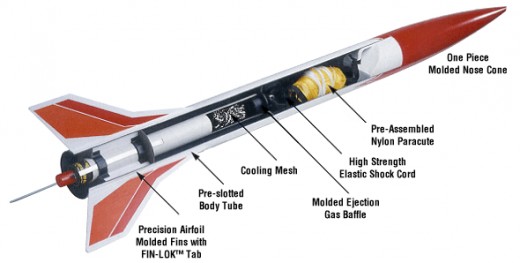
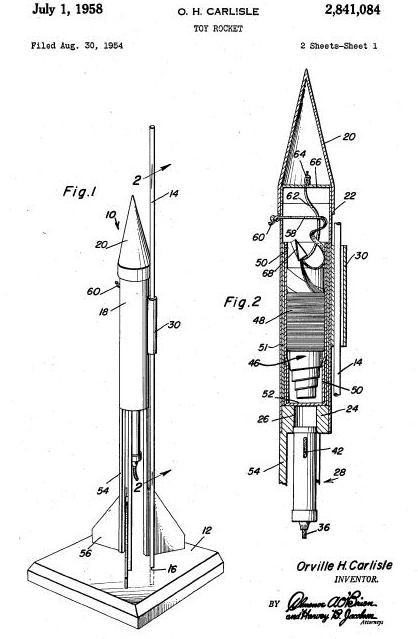
In awakens the scientist in us, arousing not only feelings of achievement at a successful launch, but teaching us the value of relationships based on teamwork, perseverance, patience, and positive thinking. Below are 10 interesting facts and useful trivia about model rocketry.
1. The Alpha Launchers
First model rocket was put together and launched by Orville Carlisle and his brother Robert Carlisle. Orville was the owner of a shoe store in Norfolk, Nebraska but had great interest in pyrotechnics and always used to experiment while, Robert was a model aircraft enthusiast. With Robert’s assistance, Orville designed the very first model rocket in 1954.
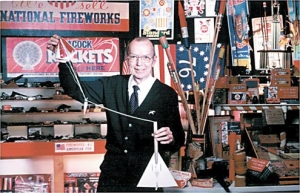
2. The Founding of the 'Rocket Society'
Model rockets quickly appealed to so many people that in 1957, the National Association of Rocketry was founded in the United States by the joint effort of Orville Carlisle and George Harry Stine. The NAR would later popularize model rocketry as a highly enjoyable and educational hobby and establish the basic safety guidelines still used today.
3. Popularizing the Hobby
At the same date, Stine also founded Model Missile Incorporated, which was the first model rocket company. It was based in Denver Colorado.
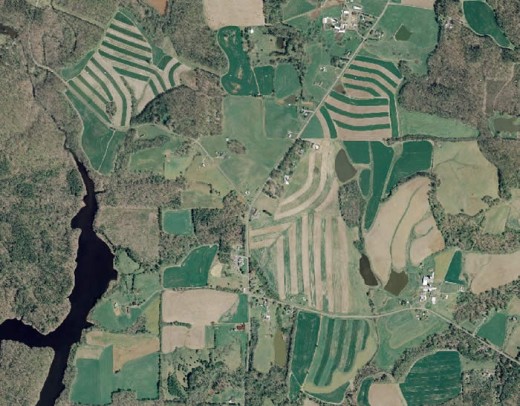
4. Scientific Uses
Model rockets are not only for recreation. Some geographers and scientists use it for aerial photography, which is highly helpful in the creation of maps and in designing roadways.
5. Purpose in War and Espionage
Rockets equipped with cameras may and have been used as spy rockets. During the Cold War, Russians used rockets to spy on the U. S. forces, and vice versa.
6. The 'Eye-In-The-Sky'
Weatherologists and meteorologists use model rockets to monitor atmospheric temperature and wind currents.
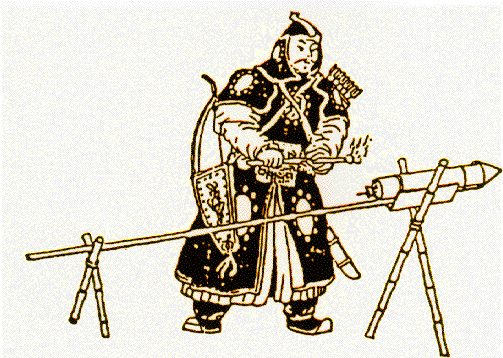
7. Knowledge from the Ancients
The earliest forms of the rocket were made by Chinese alchemists, and resembled the rocket-shaped fireworks we now see today. These rockets were used not only during war, but also during holidays and ceremonies.
8. Upgrading the Toys
Aside from conventional low explosive rocket fuels, model rockets sometimes use hydrogen peroxide to propel it. Most of the rockets that use hydrogen peroxide as fuel are the large scale model rockets, also known as High Power Rockets, which use materials such as fiberglass and aluminum in the construction, which are more durable, and are able to withstand the stress of faster flight. These High Power Rockets also use motors, which are often re-loadable.
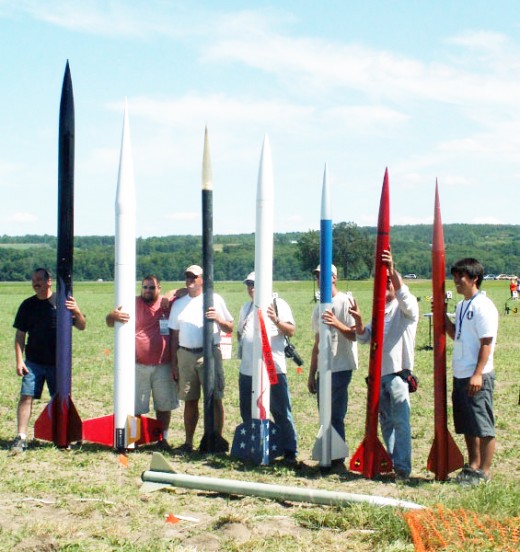
9. A Contest of Dreamers
Team America Rocketry Challenge, also known as TARC, which is funded by the Aerospace Industries Association, and the National Association of Rocketry holds an annual competition for 7th to 12th grade students. This competition helps develop the student's interest not only in the hobby of rocketry itself, but in its science. Most model rocket hobbyists have a tendency to study aeronautics, rocketry, engineering, ballistics, or general science later on in life.
10. Let's Up-size
The largest model rocket to date is the Saturn V which was successfully launched on April 25, 2009. The designer, Steve Eves, worked for two years building the 36-foot model.
Rockets have held for us some minor achievement in the history and science of flight. It holds its own place next to the airplane and the helicopter. It has become a living testament that what was once impossible has become reality. Since 1865, when the French author Jules Verne published his novel entitled, 'From the Earth to the Moon' people have been speculating about sending things up the sky, and maybe even perhaps through space.
On July 20, 1969, the first men landed on the moon. It was, as the popular saying goes: 'One small step for man, one giant leap for mankind'. Today, we can experience the same excitement through model rocketry. Although it's not the same as launching a huge rocket to the moon, or to Mars, who knows? Maybe what starts as a hobby will become the stepping stone that will one day lead us to make rockets that will reach the farthest reaches of space? It is from the little things that big things come from - and in model rocketry, that saying holds true.

